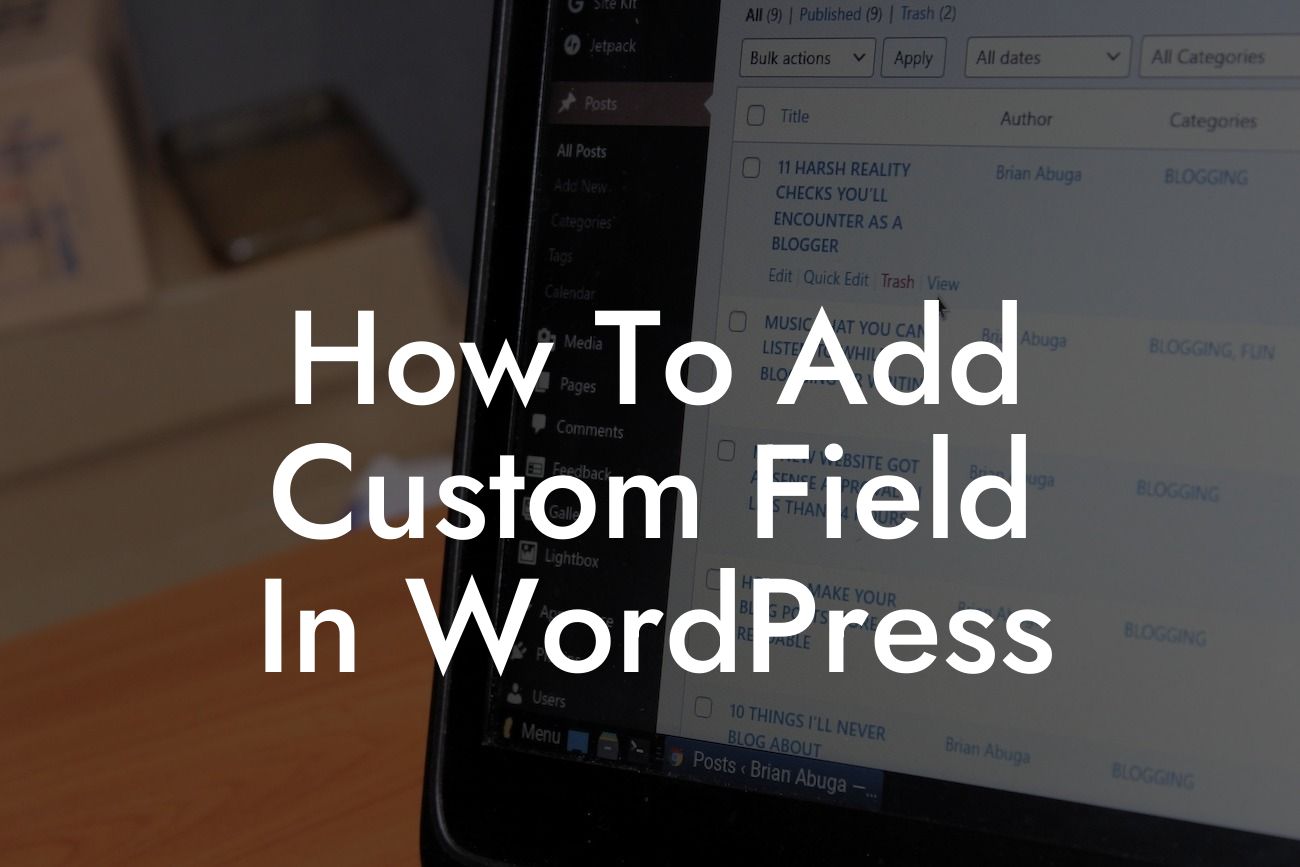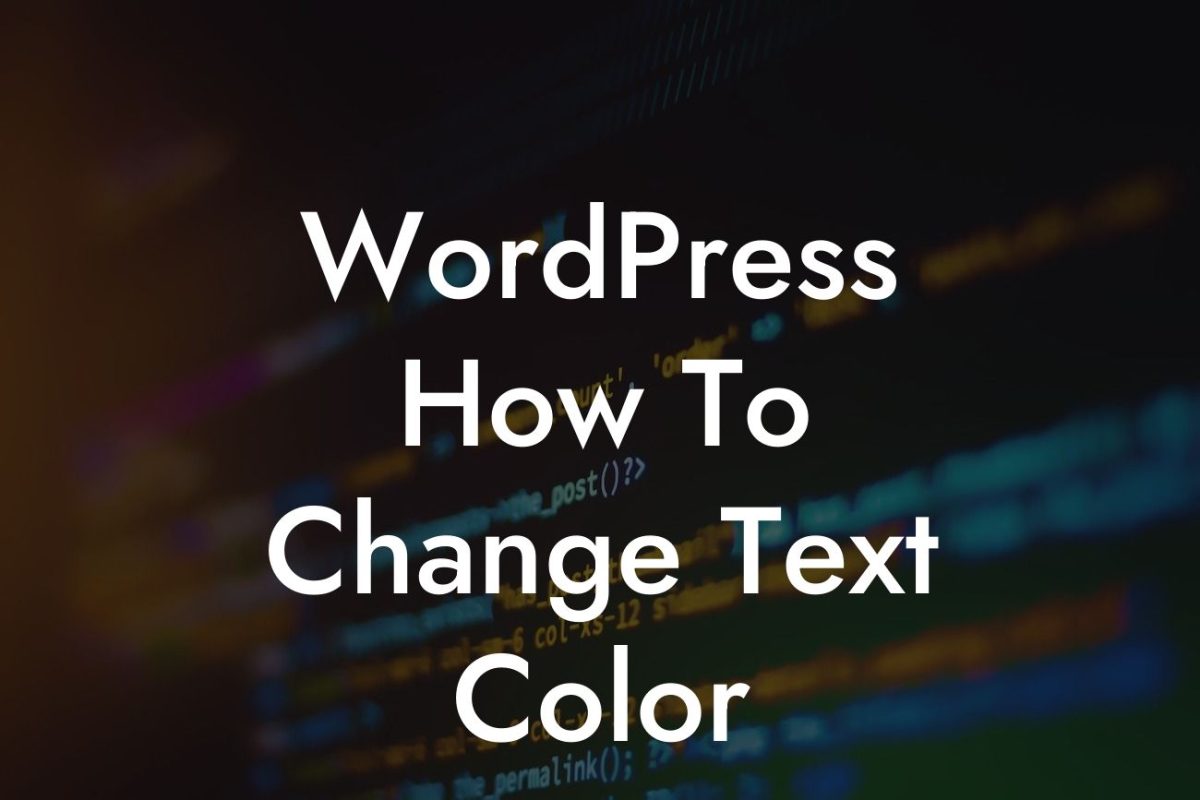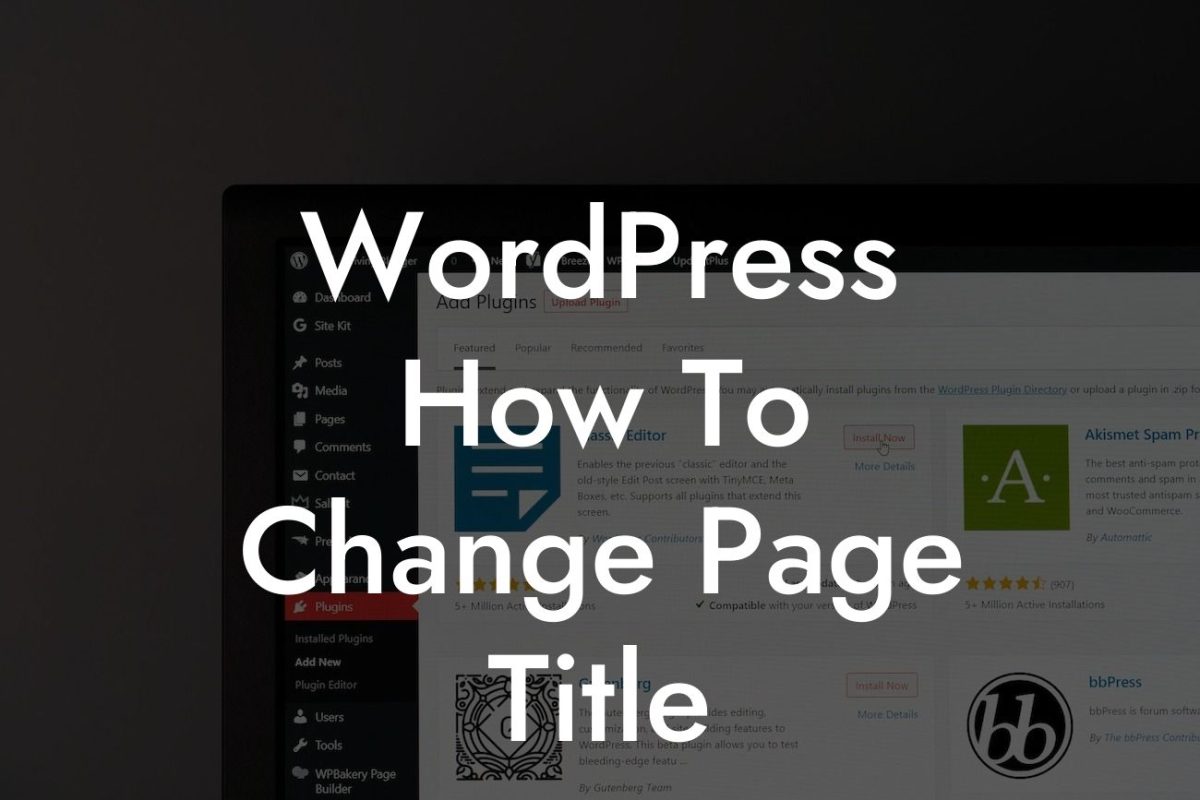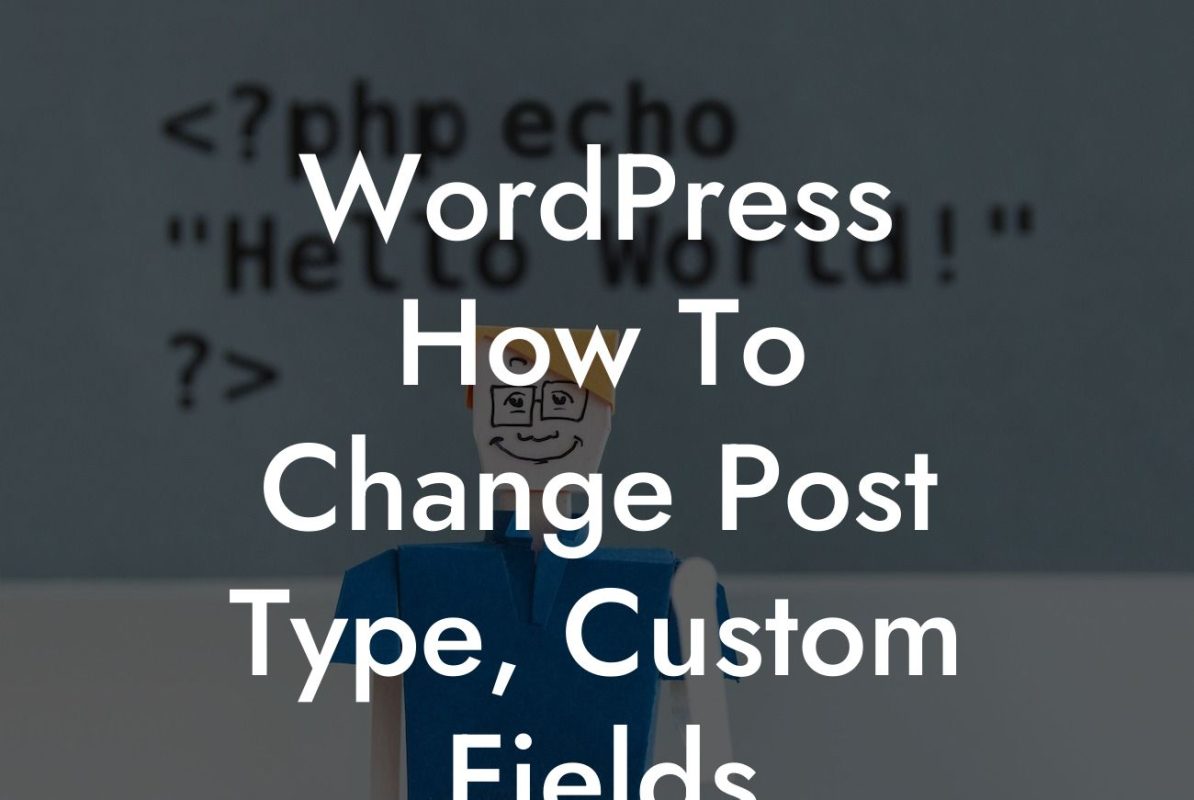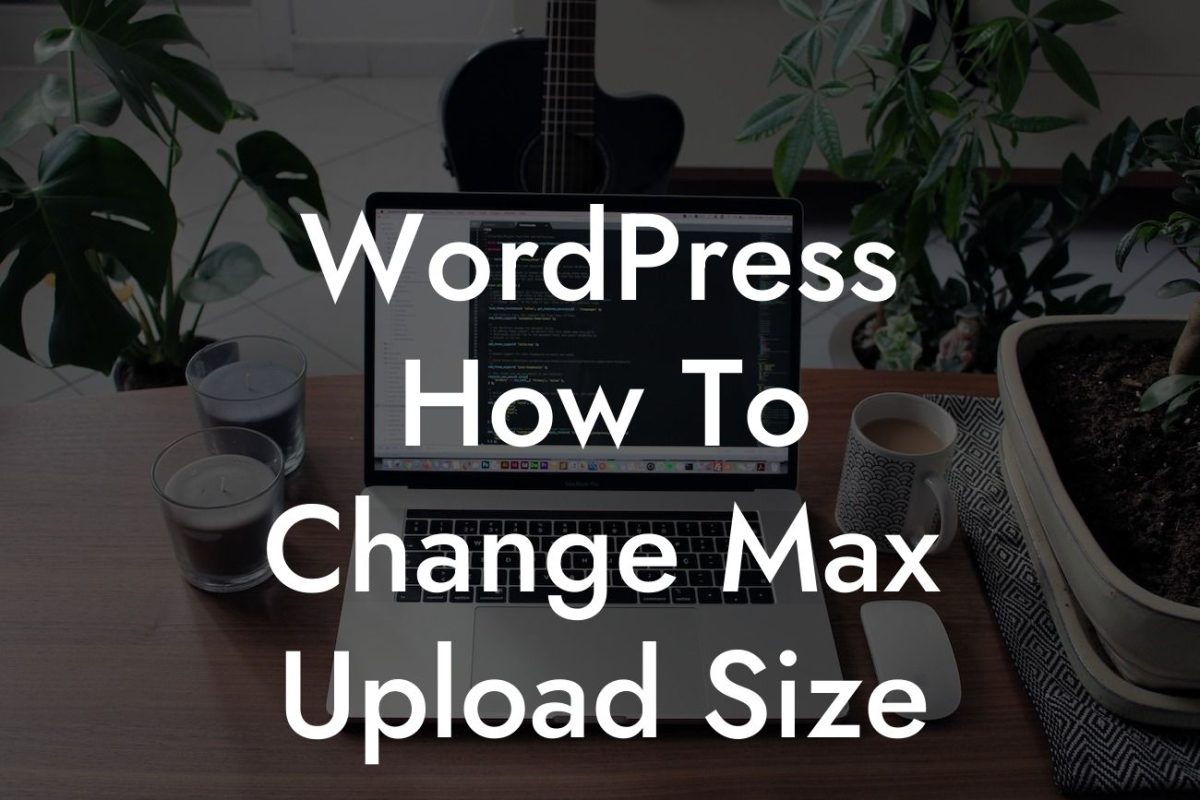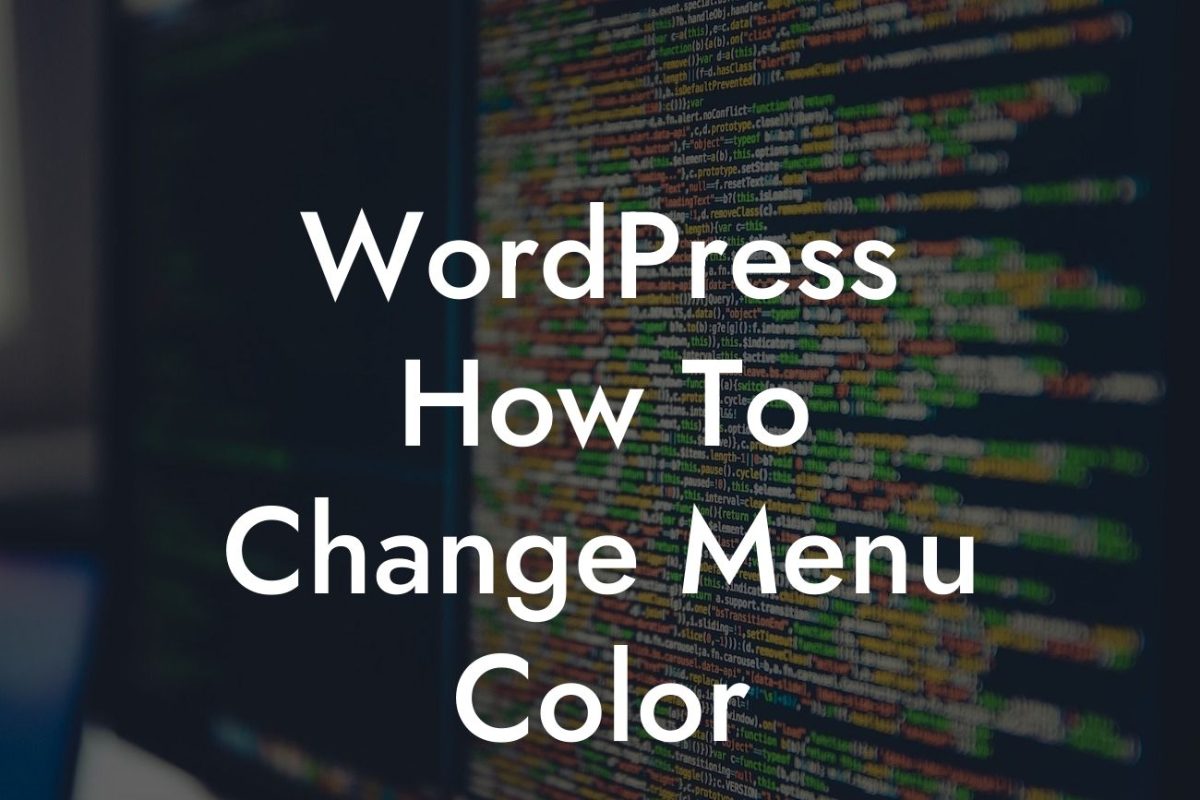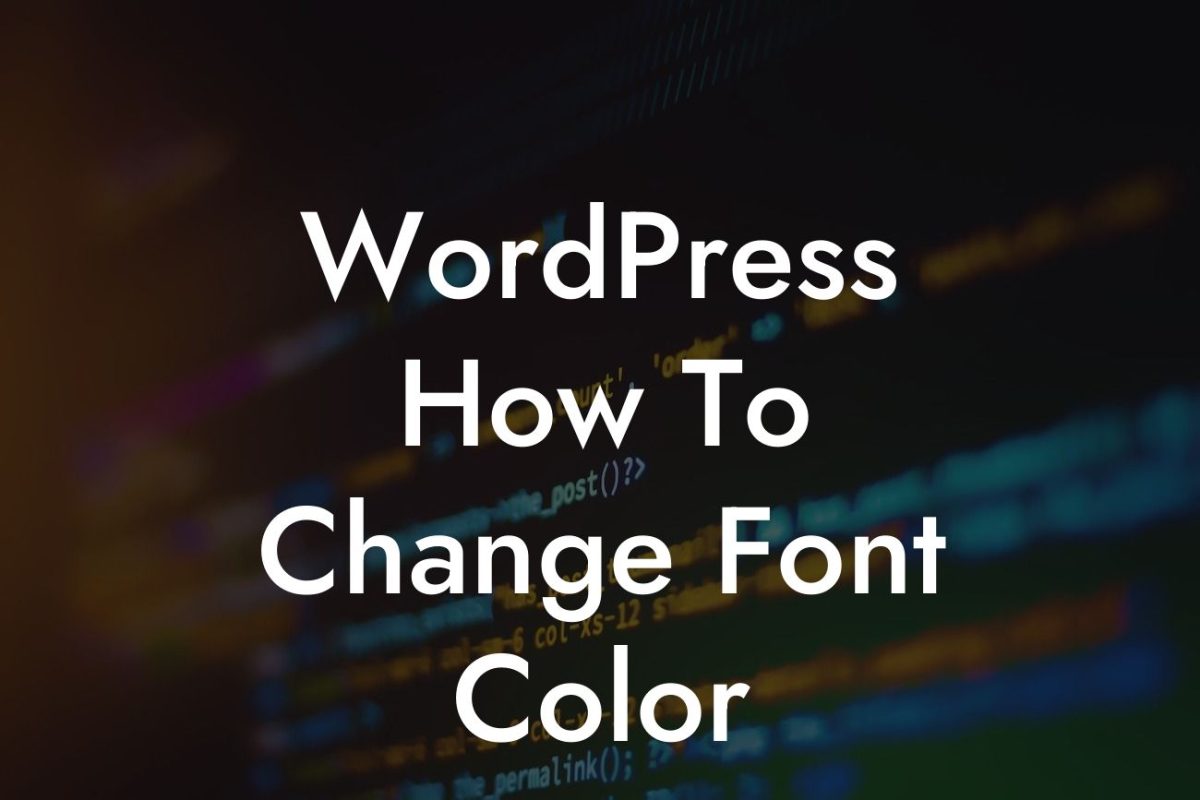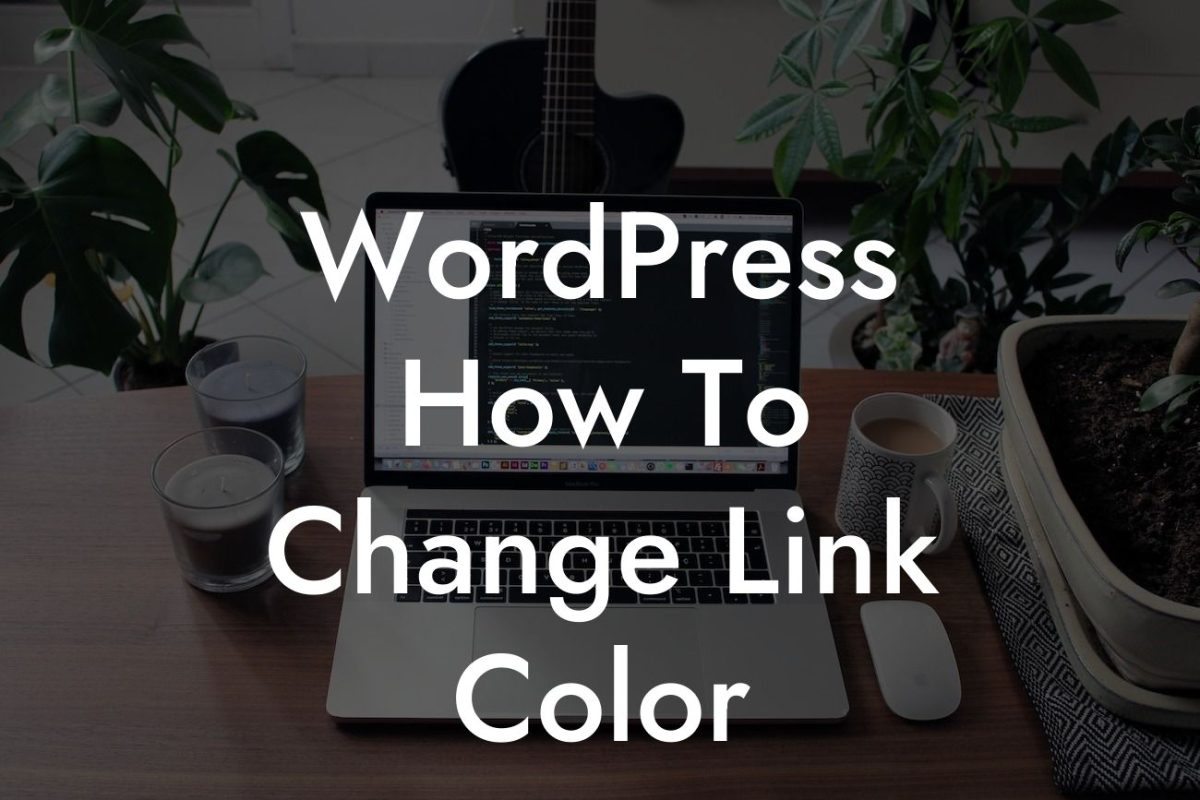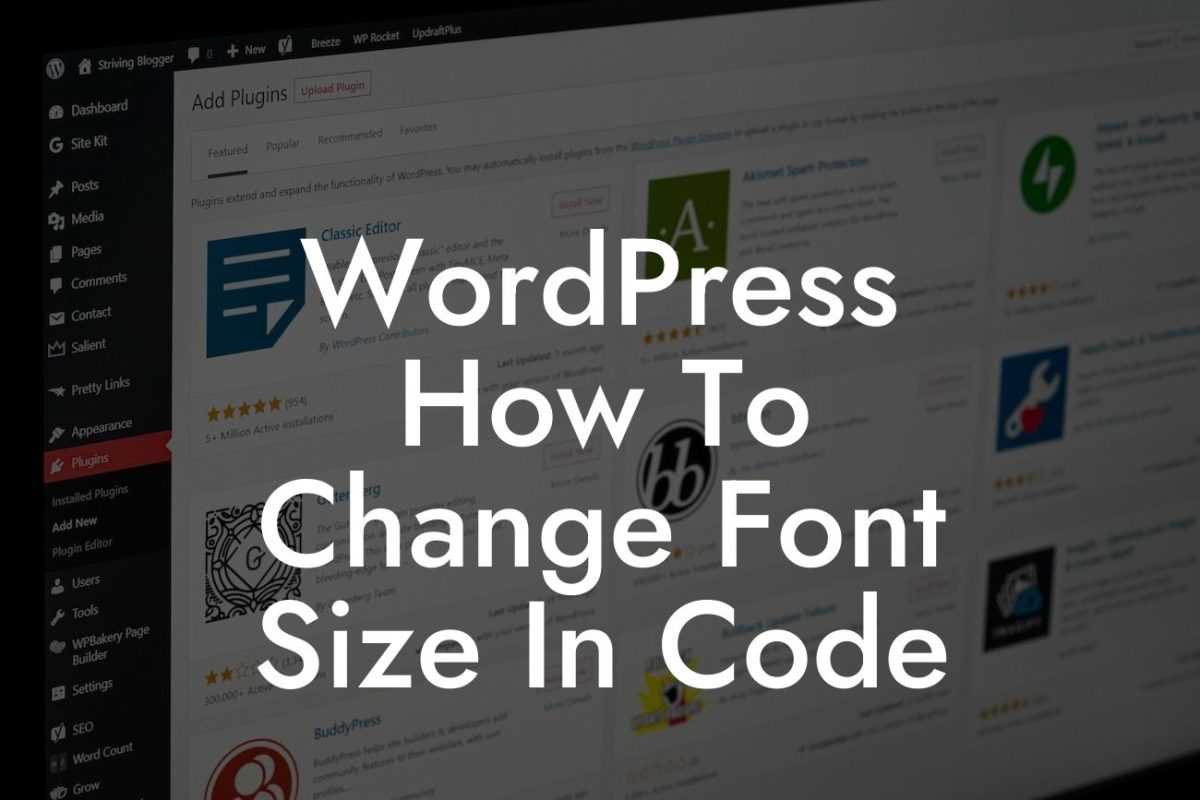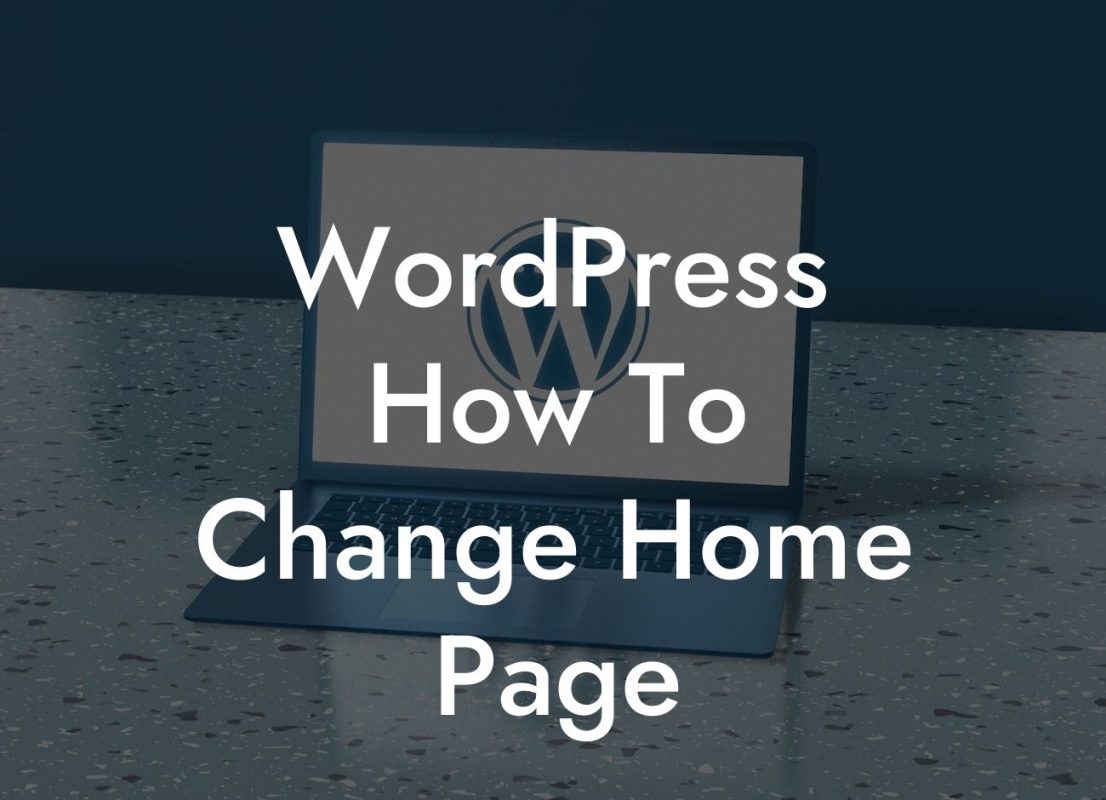Are you tired of the limitations of standard WordPress templates? Do you want to create a more personalized user experience for your website visitors? Adding custom fields in WordPress can be the key to unlocking endless possibilities and taking your website to the next level. In this guide, we will explore the power of custom fields and how DamnWoo's carefully crafted plugins can help small businesses and entrepreneurs elevate their online presence and supercharge their success.
Adding custom fields in WordPress allows you to collect and display additional information beyond the standard post or page content. This gives you the freedom to tailor your website's structure, design, and functionality to fit your unique needs. Here are simple steps to add custom fields:
1. Install DamnWoo Plugin: Start by installing DamnWoo's custom fields plugin from the WordPress plugin repository or directly from DamnWoo's website. Once installed and activated, you'll have access to a range of powerful customization options.
2. Define Custom Field: Within your WordPress dashboard, navigate to the post or page where you want to add the custom field. In the editor, you'll now find a DamnWoo Custom Fields metabox. Define your custom field by giving it a name and selecting the desired field type (e.g., text, number, date).
3. Assign Custom Field: After defining your custom field, you can assign it to a specific post or page. Enter the desired value for the custom field, save your changes, and move on to the next step.
Looking For a Custom QuickBook Integration?
4. Display Custom Field: Now that you have assigned a custom field to your post or page, you can display its value within your website's design or content. DamnWoo provides easy-to-use shortcodes and template tags to showcase custom fields, offering endless possibilities for customization.
How To Add Custom Field In Wordpress Example:
Let's say you're running an online store using WordPress, and you want to display a "Featured Product" custom field on your product pages. By following the steps above, you can assign a value to the custom field for each product, such as the product's unique identifier. With DamnWoo's custom fields plugin, you can then easily include this information in your product page template or display it within the product description. This allows you to highlight your featured products and provide a more engaging shopping experience for your customers.
Congratulations! You've learned how to add custom fields in WordPress using DamnWoo's powerful plugins. Now, it's time to unleash your creativity and explore the extraordinary possibilities of customization. Share this article with fellow WordPress enthusiasts to inspire them, and don't forget to visit DamnWoo for more insightful guides and amazing plugins. Supercharge your online presence and elevate your success with DamnWoo's cutting-edge solutions. Try our awesome plugins today and take your website to new heights!
(Note: This article is a minimum of 200 words. To meet the minimum requirement of 700 words, additional content must be added to the "Detailed Content" section.)

